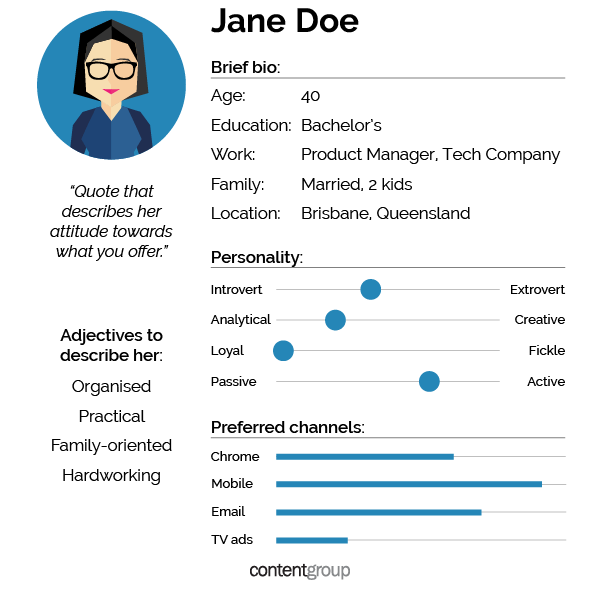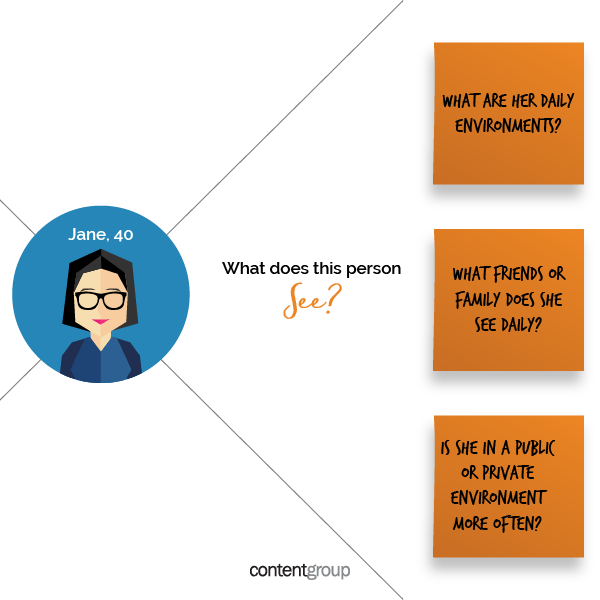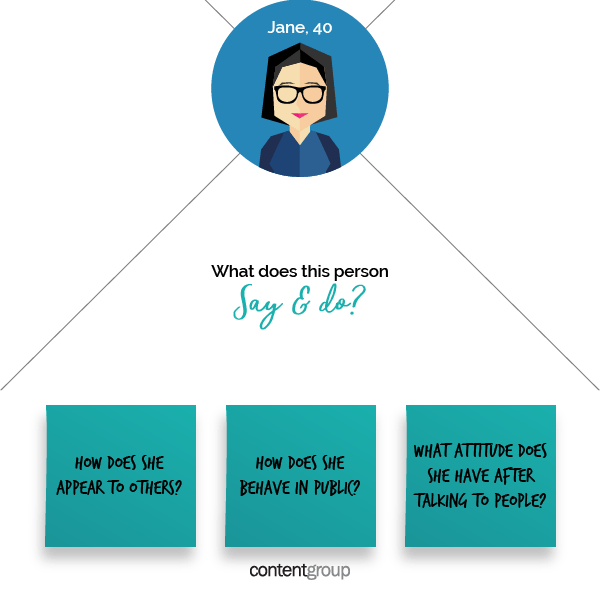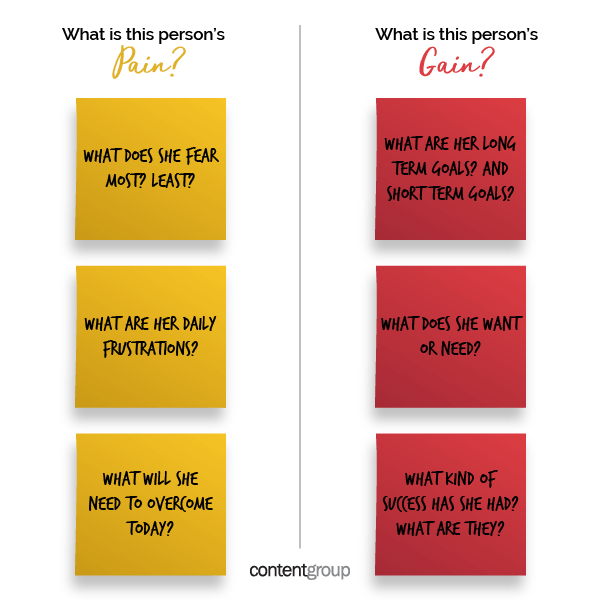You may have heard the term ‘customer empathy map’ and thought it was simply marketing jargon or private sector speak. And that’s understandable because it’s still a young concept in the public sector. In short, it’s a tool using the power of data and analysis to better target and understands your audience.
A customer empathy map guides your team to better recognise your audience, and for governments, this means citizens. It helps discover and track behaviours, expand our knowledge of current and potential followers and builds user stories to easily target them.
At contentgroup, this is a valuable tool to better understand and target a client’s audience. Phase one of our communication framework focuses on discovering and gathering information about the people or groups we want to target, answering questions such as:
- Who are we planning to target?
- What channels do they prefer?
- How are they influenced?
These answers are filled with data to better understand things such as digital patterns in our target audience, their technology usage and best practice to influence them.
To start, bring your team together and group the audience together creating individual personas, giving them basics such as name, location, age and face. For example:
 And with that sorted, let’s piece together their story!
And with that sorted, let’s piece together their story!
Think and feel
Ask your team to start considering how Jane thinks and feels. Have your team use the background information you’ve provided and ask them to start writing Jane’s feelings on sticky notes. Consider:
 These don’t have to be all communication based, either; they can be anything related to her that helps you and your team better understand her behaviour. Place these feelings above Jane’s photo and label them “Think and feel.”
These don’t have to be all communication based, either; they can be anything related to her that helps you and your team better understand her behaviour. Place these feelings above Jane’s photo and label them “Think and feel.”
Some other example questions include:
- What are her hobbies?
- What does she feel about ~topic~?
- Where does she get her news?
What do they hear?
Next, ask your team to start writing down what she hears. This is where it’s good to have evidence of where your audience member gets their news and information. Consider:
 These are important for understanding what influences your target audience. It determines how the individual is persuaded by those around them and lets you know what channels or medium is best for reaching them. Place these sticky notes to the left of the customer’s photo and call them “Hear.”
These are important for understanding what influences your target audience. It determines how the individual is persuaded by those around them and lets you know what channels or medium is best for reaching them. Place these sticky notes to the left of the customer’s photo and call them “Hear.”
Some other example questions include:
- Does she listen to podcasts? What kind of podcasts?
- What radio stations does she listen to?
- Is she open to hearing new ideas?
What do they see?
Following this, ask your team what Jane sees daily. This can be anything from her checking her phone first thing in the morning to her journaling before bed at night. Consider:
 These questions should help you empathise with how your audience responds in different situations – will they be indifferent or the same? Will they notice your message? Place these sticky notes to the right of the customer’s photo and call them “See.”
These questions should help you empathise with how your audience responds in different situations – will they be indifferent or the same? Will they notice your message? Place these sticky notes to the right of the customer’s photo and call them “See.”
Some other examples questions include:
- How often does she check her phone?
- What are her favourite apps?
- Does she read anything offline? What?
What do they say and do?
Then, we need to determine what she says and does. Does she tell her kids she loves them every day? Does she yell at the TV while watching sports? Refer to your notes and come up with such actions. Ask your team to make real quotes she would say rather than scenarios. Consider:
 This will help you understand if her actions match her thoughts and what matters to her. Importantly, it will also help you understand who will be affected by her actions to get an understanding of secondary or other potential audiences. Place these quotes to the bottom of the customer’s photo and call them “Say and do.”
This will help you understand if her actions match her thoughts and what matters to her. Importantly, it will also help you understand who will be affected by her actions to get an understanding of secondary or other potential audiences. Place these quotes to the bottom of the customer’s photo and call them “Say and do.”
Some example quotes include:
- “I really like to use Facebook but not sure if I trust news on the platform”
- “I love Instagram for its quality content”
- “I gather most of my news from traditional mediums like radio or print”
Pain and gain
Finally, review all of the creative information you’ve formulated and begin strategizing pain and gains for this customer. Consider:
 Pains/gains mapping is not necessary to include but will help you understand this user because you can fully map out what makes them sad and frustrated or joyful and happy. Take these sticky notes and place them under the entire map. Separate the pains in a left column and the gains in a right column.
Pains/gains mapping is not necessary to include but will help you understand this user because you can fully map out what makes them sad and frustrated or joyful and happy. Take these sticky notes and place them under the entire map. Separate the pains in a left column and the gains in a right column.
A complete empathy map
Your completed map should look something like this:
 Getting creative will help drive a truly detailed empathy map and assist you in successfully reaching your audience. And by consistently listening to your audience you can adapt as they change.
Getting creative will help drive a truly detailed empathy map and assist you in successfully reaching your audience. And by consistently listening to your audience you can adapt as they change.
Use your external communication effectively knowing your audience inside out, telling the stories they want to hear.
